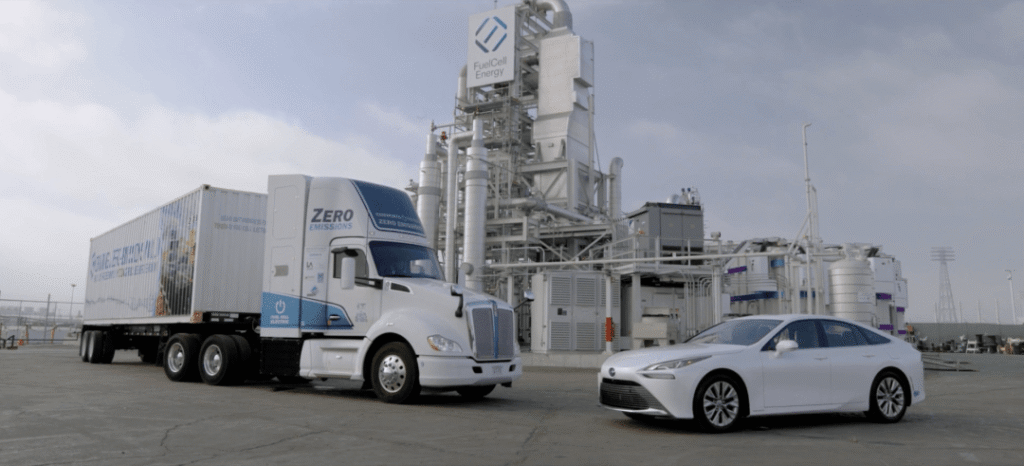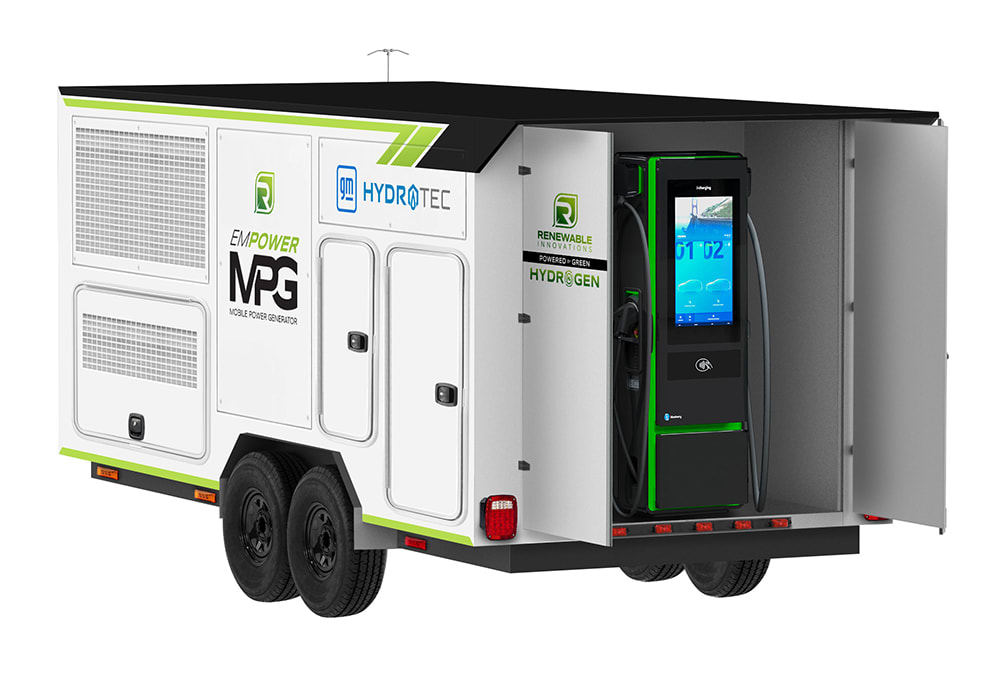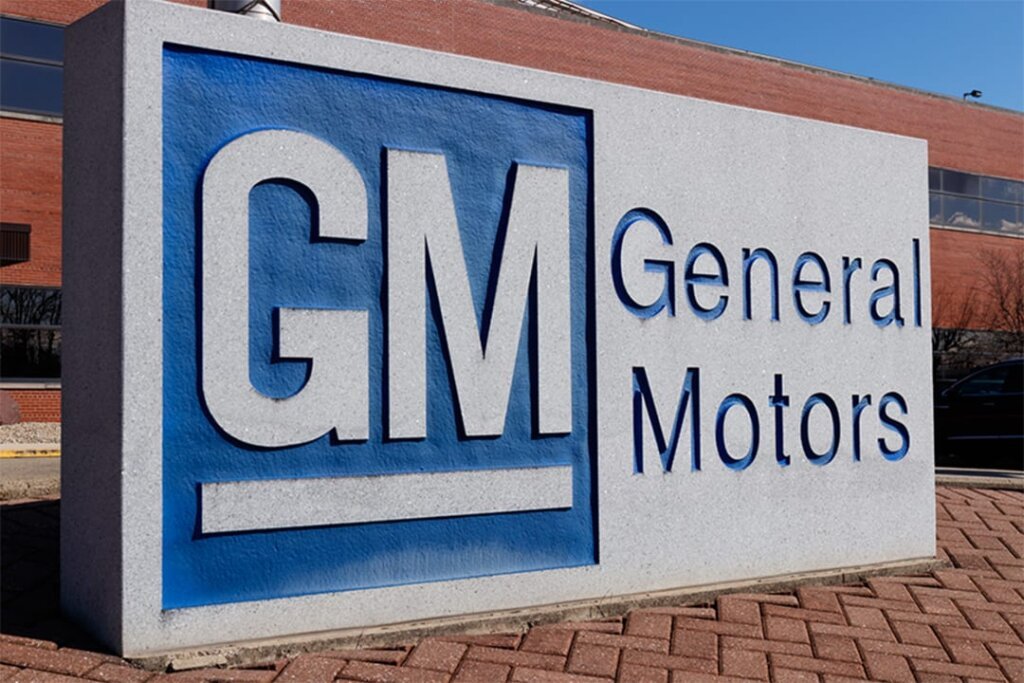General Motors Abandons Next-Gen Hydrogen Fuel Cell Development, Doubling Down on EVs Amid Market Shifts
General Motors (GM) has confirmed a major strategic pivot, ending the development of its next-generation hydrogen fuel cell systems. This decision marks a significant retreat from hydrogen-powered vehicles, as GM opts to redirect resources entirely toward battery-electric technologies. Citing higher market demand for EVs and the persistent lack of hydrogen fueling infrastructure in the U.S., GM has effectively paused its HYDROTEC initiative and canceled plans for a $55 million hydrogen R&D facility in Detroit. The automaker’s hydrogen efforts will now be limited to stationary and industrial uses through its partnership with Honda, contrasting sharply with the continued investments by Toyota and BMW in hydrogen tech for mobility.

GM’s Retreat from Hydrogen Mobility Development
GM’s decision represents a definitive shift away from hydrogen as a primary future mobility solution for its passenger and commercial vehicles.
- Strategic Shift: GM will cease developing new hydrogen fuel cell systems for automotive applications, focusing its R&D and investment on battery-electric vehicles (BEVs).
- HYDROTEC Pause: The company’s HYDROTEC initiative, which aimed to advance fuel cell systems for future vehicles, is now effectively paused for next-gen development.
- Canceled Facility: Plans for a dedicated $55 million hydrogen research and development facility in Detroit have been canceled, underscoring the finality of this strategic move.
- Rationale: GM cited two key factors:
- Higher Market Demand: The company sees greater and more immediate market traction for battery-electric vehicles.
- Infrastructure Challenges: The slow rollout and limited availability of hydrogen fueling infrastructure in the U.S. (fewer than 70 public refueling sites nationwide) remain a significant barrier.
- Limited Continued Efforts: GM clarified that hydrogen remains “a promising technology in select sectors,” but its future efforts will be confined to producing existing fuel cells for stationary and industrial uses through its joint venture with Honda, Fuel Cell System Manufacturing LLC.

Diverging Paths: GM vs. Toyota & BMW
GM’s decision places it on a contrasting trajectory compared to other major global automakers.
- Hydrogen Advocates: Toyota and BMW continue to heavily invest in hydrogen fuel cell development, particularly for heavy transport and long-distance vehicles. They argue that hydrogen’s faster refueling times and higher energy density make it an ideal solution for trucks and long-haul applications, where battery weight and charging times are more problematic.
- BMW’s Ambition: BMW, for example, expects its first hydrogen-powered production cars to arrive by 2028, leveraging Toyota-sourced technology.
- GM’s Calculation: GM’s withdrawal signals a judgment that the current economics, infrastructure development, and policy incentives in North America overwhelmingly favor battery-electric vehicles, making hydrogen a less viable path for its core automotive business in the near to mid-term.

Industry Context and Implications
GM’s move reflects a broader industry re-evaluation of hydrogen mobility for passenger vehicles.
- Mirroring Retrenchment: GM’s exit from next-generation hydrogen research follows similar retrenchments by other automakers, such as Stellantis ending its hydrogen program earlier this year. Honda’s focus has also shifted to smaller, modular fuel cell systems rather than full-vehicle integration.
- Strengthening EV Platform: By reallocating resources, GM aims to strengthen its Ultium battery platform and reduce costs, addressing recent challenges related to supply issues and margin pressures in its EV transition.
- Setback for Hydrogen Advocates: For proponents of hydrogen fuel cell vehicles, GM’s withdrawal is a significant setback, potentially slowing fuel cell momentum in North America, especially without a major automaker driving passenger vehicle development.
- Pragmatic Application: While GM hasn’t entirely closed the door on hydrogen, its focus is now on more pragmatic, quieter applications in industrial and stationary power, rather than transformative automotive use cases.
GM’s strategic shift underscores the intense competition and rapidly evolving landscape of clean energy mobility, with major players making calculated bets on the most viable path forward for decarbonization.




Pingback: Tesla Model Y Gets Stunning Marine Blue Paint In Europe, But Will It Fix Slowing Sales? - Mechhelp